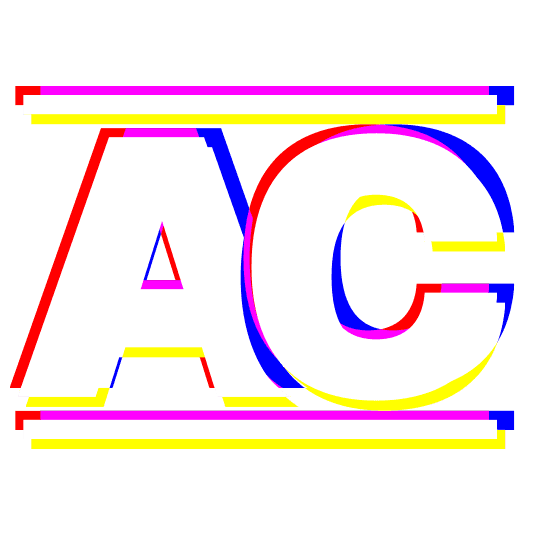Space Delivery
6 months
VR design & User Experience
Art direction, 3D assets, Texturing, Lighting, VFX
Summary
Space Delivery is a mini game in which the player is trying to sell his spaceship. He needs to travel to another planet to sell it. Since the spaceship is not brand new, he will use the travel time to do some repairs, helped by his crew of 4 reparations droïds, to increase the value of the spaceship. The droïds being moody at times, their reparations will either increase or decrease the total value. There will also be some events along the way that will cause the value to fluctuate,
In this game, we adapted a well known psychological experiment, the Iowa Gambling Task, used to assess decision-making abilities, particularly how people evaluate risk and reward. In the task, participants are presented with four decks of cards, each offering different rewards and penalties. The goal is to maximize profits by choosing the "best" decks, but some decks offer high short-term gains with larger losses over time, while others provide more consistent, smaller rewards. The task helps researchers understand how people weigh immediate rewards against long-term outcomes, often revealing insights into behavior, particularly in conditions like addiction or impulsivity disorders.
Character design
Friendly band of droïd, each with their own nature and taste. They are your crew, and the ones that you will need to trust with the repair. During each game, your goal is to quickly identify which ones will contribute to the ship’s value, and which will deteriorate it even more.
The droïds were rigged so we could animate them within Unity, and create more interactions.
Rigging
The droïds were rigged so we could animate them within Unity, and create more interactions.
Environnement design
The ship needed to offer players a wide view of space, to maximize the immersive feeling, but also so that they could see the direct impact of their actions.
We decided to have a few pieces of the ship that would deteriorate through time, as well as the lights. So you could really feel if you were doing good or bad. The whole scene is set up in a way that the better you’re doing, the more polished the spaceship is and the bluer the light. In the eventuality that you are doing bad, the lights turn more and more orange, smoke appears, and the furniture deteriorates.
When the ship hits a low value, the environment turns to warm colors, with broken furnitures and smokes all over.
When hitting a high ship value, the atmostphere because sleek and blue.
User interface
The interface needed to be easy to understand, as the game was aimed at people who are not necessarily used to tech, especially VR. We opted for simple push interactions, through big buttons. Players have 4 game phases, where they need to push the button to give order to the droïds, who sit at their console, to make repairs. Players can control their action on the total value of the ship, shown just above. After each phase, there would be a small survey, to evaluate players’ perception of how good or bad they’re doing
Note that it also influenced the design of the spaceship, with the retro future inspiration, so the big chunky buttons to press would not look out of style.
Lobby
We also designed a lobby to launch the game, with the hope that more games will come in the future. As it will be for most players the first time they entered VR, we were looking for that wahoo effects, while still reminding them where OMIND was from (Paris, France).
About the client
Over the last 4 years, we have partnered with OMIND Neurotechnologies to materialize their vision into interactive and immersive products. We worked under the Head of Product and Head of Science management, closely collaborating with their in-house developers.
When we first join, the team at OMIND was very successful with their proof of concept, a virtual reality experience, with biofeedback, and needed a multi disciplinary design help, to evolve into a range of solutions built for coaches and companies alike.
Their main goal is to help individuals within a company to assess and develop their ever evolving soft skills, in order to create better teams, better environment, and in the end, better products.






